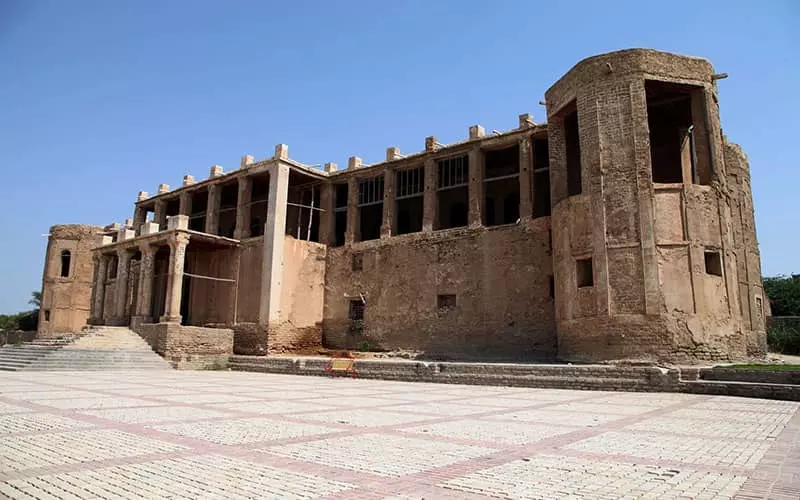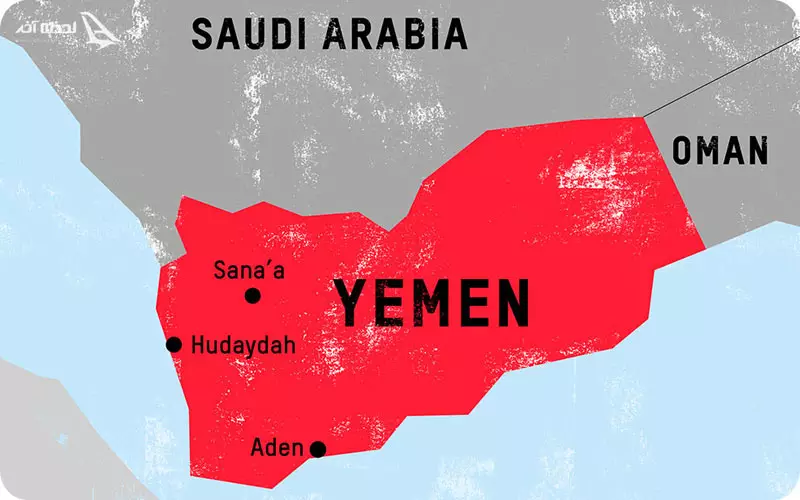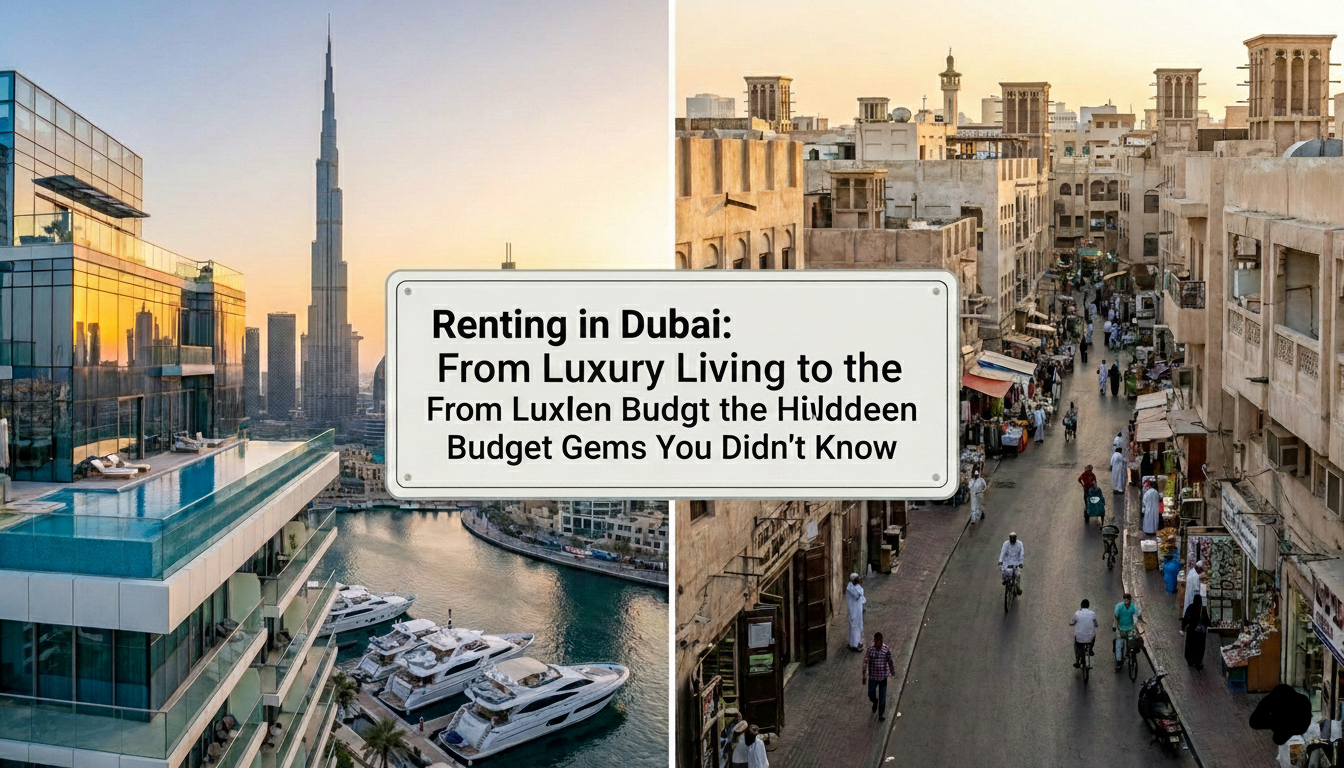Bushehr iran | From Gavam Water Reservoir to Achaemenid Triple Palaces
Bushehr Province, centered around the port city of Bushehr, is a significant region in southern Iran, renowned for its abundant oil and gas reserves, as well as a nuclear power plant, earning it the title of Iran’s energy capital. The province boasts numerous historical and scenic attractions, and here are some of them:
Gavam Water Reservoir:
Gavam Water Reservoir, situated in the western part of Bushehr, now serves as a traditional restaurant. Dating back to the Qajar era, approximately 150 years ago, this structure is built with a sturdy framework and a dome made of resilient sedimentary stones. Two meters of the reservoir protrude above the ground, while 2.60 meters are underground. The interior features a durable Sarooj coating, and its external facade is adorned with windows spaced at regular intervals. Currently repurposed as a traditional restaurant, Gavam Water Reservoir offers a unique dining experience.
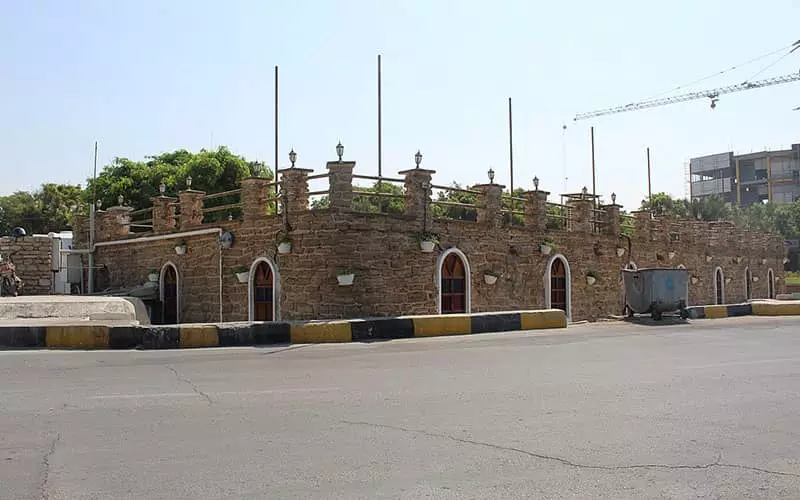
Reis Ali Delvari House:
Reis Ali Delvari House stands as a distinguished relic from the Qajar period in Bushehr. The descendants of Reis Ali Delvari have generously dedicated it to cultural heritage. Reis Ali Delvari, a brave figure during World War I and the British invasion of Bushehr, demonstrated exceptional courage and valor, ultimately sacrificing his life.
Located in the southeast of Delvar city in Bushehr Province, this house was registered nationally in 1376 (Solar Hijri). The building is characterized by simplicity in its architecture, adorned with minimal gypsum decorations. Before reaching the main structure, there is a covered restaurant space. The entrance to the house is marked by a two-leaf wooden door.
Bordestan Mosque:
Bordestan Jameh Mosque is a beautiful edifice perched on a hill in Bordestan city, Bushehr Province. According to available evidence, such as inscriptions in one of its rooms, the mosque is attributed to the early Islamic centuries.
Surrounding the mosque, there are graves with inscriptions in Kufic and Arabic on limestone slabs, adding to the historical significance of the mosque. Bordestan Mosque is an elegant rectangular structure with a small entrance leading to a spacious prayer hall. The large prayer hall has gate-like structures designed for lighting and ventilation, adorned with beautiful gypsum decorations. A traditional wind catcher, typical of southern Iran, is erected above the prayer hall to cool the interior.
These are just a few of the historical and cultural gems that Bushehr Province has to offer, showcasing its rich heritage and inviting visitors to explore its fascinating attractions.
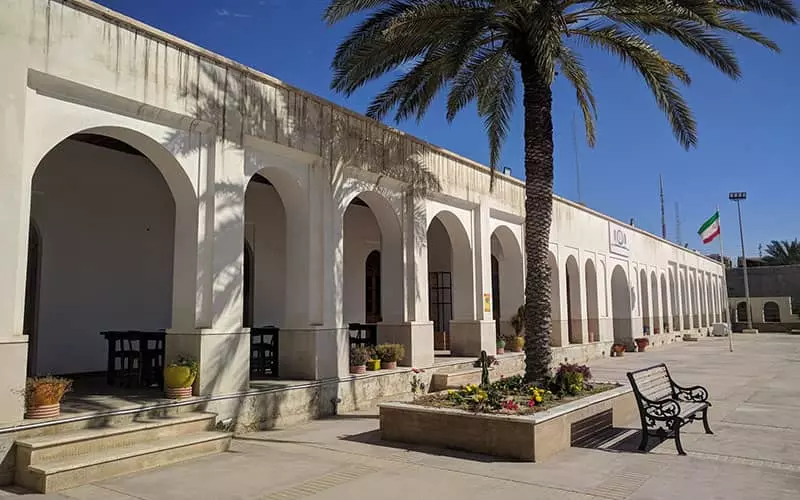
Nasouri Castle:
Nasouri Castle is located in Bandar-e Torkaman, Kongan County, Bushehr Province, approximately 250 kilometers east of the city of Bushehr. Belonging to the Qajar era, this castle was constructed about 180 years ago under the orders of Sheikh Jabbar Nasouri. It is also known as the “Sheikh Castle.”
Built with materials such as large stones, gypsum mortar, and clay, the castle’s entrance gate faces the Persian Gulf to the south. Beyond this gate, you enter a courtyard with eight simple chambers. The castle features an ivan with stone columns and unadorned gypsum decorations.
Frangabad Mansion and Maritime Museum:
In the Bahmani neighborhood of Bushehr, you can find the Persian Gulf Maritime Museum. The Frangabad Mansion and the Consulate Building are part of this complex. The Frangabad Mansion, dating back to the Qajar period and constructed in 1858, served as the British Consulate headquarters. The museum houses over 40 pieces of weaponry and military equipment from different eras, with the ancient Persepolis ship being among the prominent artifacts. The Frangabad Mansion was nationally registered in Esfand 1386.
Golshan Mansion:
Golshan Mansion is another Qajar-era attraction in Bushehr, located in the coastal street of the Bahbahani neighborhood, just 10 meters from the sea. Built 170 years ago, this mansion belonged to a merchant named Mr. Golshan, who used it for residential and commercial purposes.
The three-story mansion includes an upper floor for water storage, a bath, a kitchen, and accommodations for servants. The second and third floors were designated for residence, reception, and commercial activities. Golshan Mansion was nationally registered in Esfand 1377, and its cultural heritage has been consistently preserved.
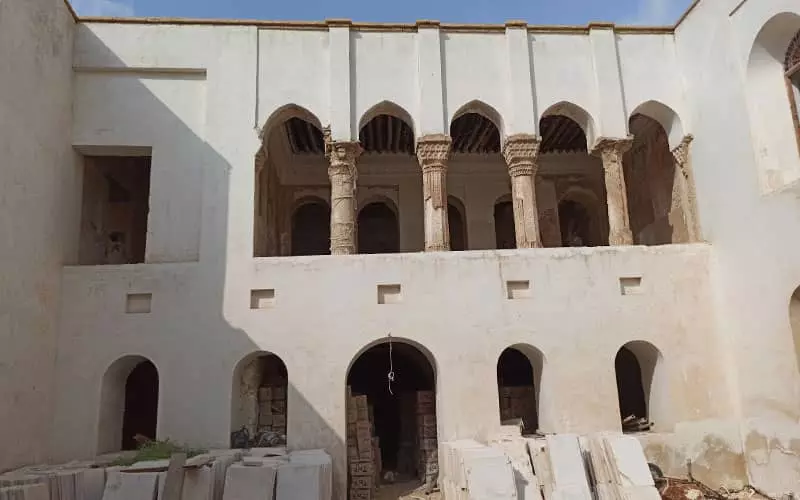
Saadat School:
Saadat School, also known as Saadat Mozaffari, dates back to the Qajar period and is located on Imam Street, facing the Ma’alem Square in Bushehr. Historically significant as the mother of schools in southern Iran, Saadat School was founded in 1278 with a modern educational approach.
The school gained fame due to the philanthropic contributions of Mozaffar al-Din Shah, known as Saadat Mozaffari. The anniversary of the school’s founding, celebrated on the 18th of Esfand, is recognized as Bushehr Day. Saadat School was nationally registered in Bahman 1378.
These landmarks showcase the rich historical and cultural tapestry of Bushehr Province, providing visitors with a glimpse into its fascinating past.
Malek Mansion:
Malek Mansion is another Qajar-era gem in Bushehr Province, situated in the Bahbahani neighborhood of Bushehr. This mansion, part of a complex built a century ago, spans an area of 4,000 square meters.
Constructed in the late Qajar period by French architects using local materials, the mansion was owned by a wealthy individual named Mohammad Mehdi Malek al-Tajareh. He, inspired by a medieval minister’s palace during a leisure and business trip to France, decided to replicate a similar structure in Bushehr.
The Malek Mansion was nationally registered in Azar 1377.
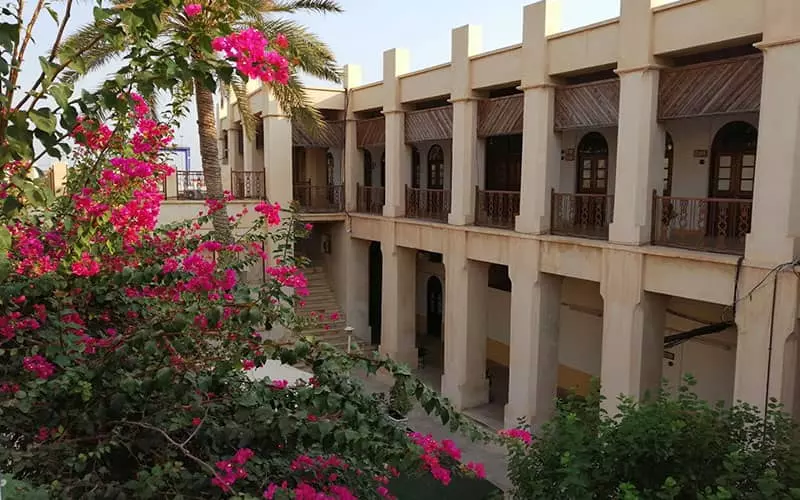
Achaemenid Triple Palaces:
The Achaemenid Triple Palaces in Bushehr include Charkhab Palace, Black Stone Palace, and Bordak-e Siah Palace.
Charkhab Palace:
Charkhab Palace is an ancient structure from the Achaemenid era, serving as the winter palace for Cyrus the Great. Located one kilometer southwest of Borazjan (65 kilometers from Bushehr), it is also 70 kilometers away from the Persian Gulf. Archaeologists believe this palace was never used as a residential space; its construction began by the order of Cyrus but likely remained unfinished after his death. Some parts of the palace’s royal gate, left incomplete, showcase Siliceous flooring. Ten small column bases resembling those in Persepolis have been discovered in the main hall.
Bordak-e Siah Palace:
Bordak-e Siah Palace, Darius the Great’s winter palace during the Achaemenid era, is situated 12 kilometers from Borazjan, amid the palm groves of Doroodgah village. Following the construction of Cyrus’s palace, this palace was built, characterized by its black stones, architectural elements, and a combination of black and white colors. The central hall of this palace resembles the Apadana Palace, featuring ten columns.
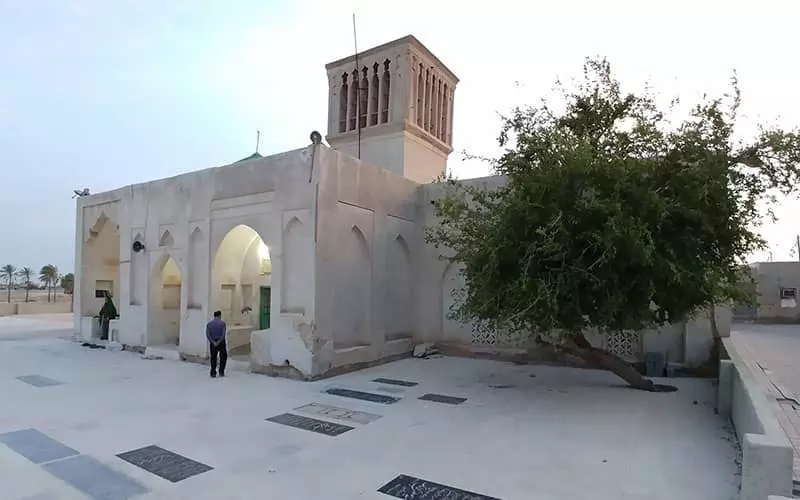
Black Stone Palace:
Black Stone Palace is another of the Achaemenid Triple Palaces located in Borazjan. Registered nationally in Mehr 1380, this palace is renowned for its unique features, including black stones, distinctive caves, waterfalls, and crystals.
Jashak Salt Dome:
Jashak Salt Dome, or Jashak Salt Mountain, is a vast and elevated region in the northern part of Mount Jashak, extending to the southern end of the Zagros mountain range, between Dashti and Deyr counties in Bushehr Province. It stands as one of the largest, most active, and most beautiful salt domes in Iran and the Middle East, captivating visitors with its natural allure.
The unique location of Jashak Salt Dome has led to the salinization of the Mond River, potentially the only detrimental factor to the region, as the river is sweet and suitable for agricultural use until it reaches the dome. However, after passing by the dome, the river becomes saline due to the high evaporation rate. The salt remains on the soil surface, contributing to the salinity of the region’s lands. The distinctive features of Jashak Salt Dome include the types of salt, unique domes and caves, waterfalls, and crystals.
This comprehensive collection of attractions showcases the historical, cultural, and natural richness of Bushehr Province, inviting visitors to explore its diverse offerings.
Fish Market:
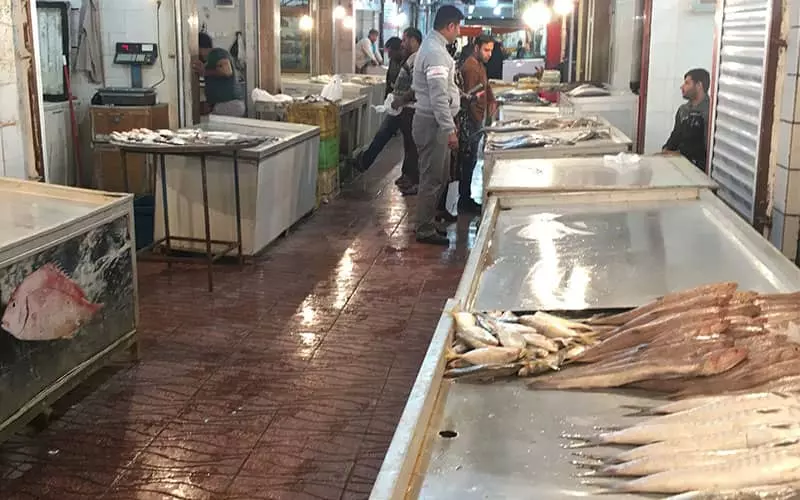
Bushehr’s Fish Market is one of the city’s ancient markets established in 1345 (solar hijri year). Located on Shahid Street, it serves as a hub for trading fish and shrimp.
Kazeroni Mansion:
The Kazeroni Mansion is another architectural gem from the Qajar era in Bushehr. Situated in the historic Bahbahani neighborhood, it belonged to a well-known merchant named Mohammad Reza Kazeroni. The mansion was registered as a national heritage site with the number 4045 on the list in Mehr 1380. Noteworthy features of houses in this area, including the Kazeroni Mansion, include their multi-story and elevated structures, providing refuge to residents during the scorching summer heat.
Shaghabe Garden:
Shaghabe Garden stands as one of the beautiful and historical gardens in Bushehr. Located on Bahmani Street, along the coastal street, facing Niori Hey’ati Hospital, this garden conceals artifacts from the Elamite period beneath its soil, serving as a public garden today.
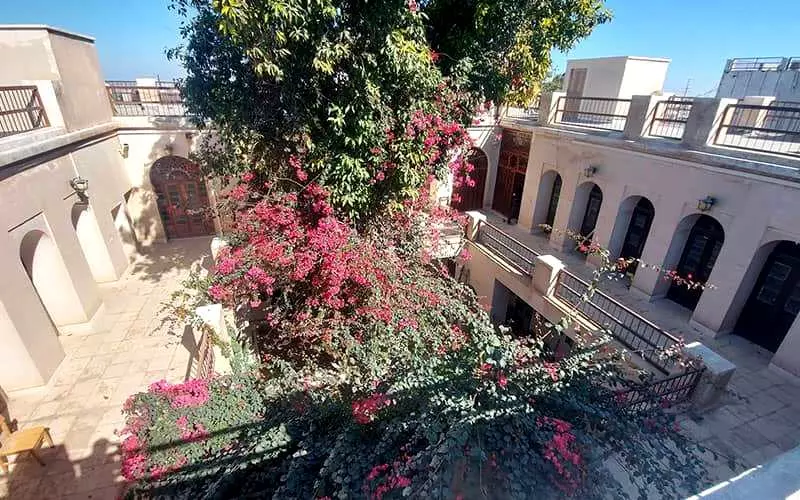
Old Bazaar:
Bushehr’s Old Bazaar is a historical site dating back to the Qajar era. Its architecture aligns with the characteristics of the Qajar period, and trading activities continue within its premises. If you visit this bazaar, you can find all the necessary items and experience the hustle and bustle of commerce before returning home.
The Old Bazaar of Bushehr is one of Iran’s several traditional markets that still beats with life, where buying, selling, and bustling activities persist. After many years, the beauty of Qajar architecture is still evident in the timeworn fabric of the old city. The historic neighborhoods of Bushehr include Dahdashti, Shenbdi, Kooti, and Bahbahani, with the Old Bazaar situated in one of the old neighborhoods named Dahashti.
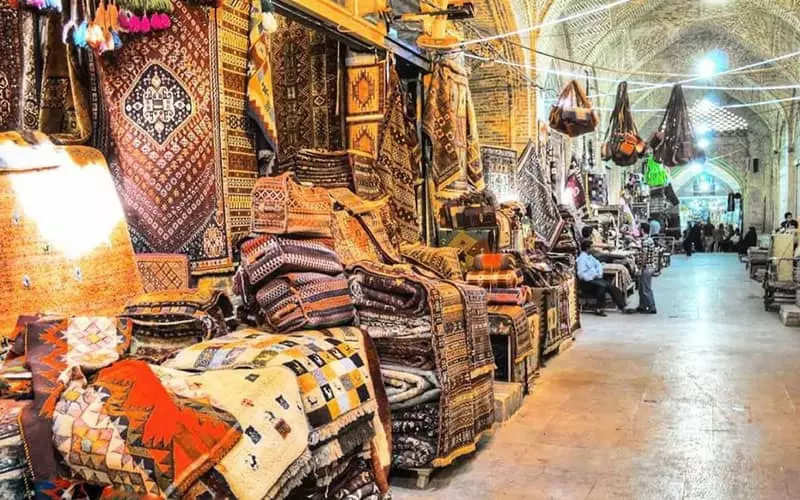
Shaghabe Cemetery:
The Shaghabe compound, located in the south of Bushehr, dates back to the late Parthian and Sassanian periods. A historical cemetery has been discovered in the vicinity, and Shaghabe Cemetery was unearthed around 1377 by the Cultural Heritage Administration, subsequently listed as a national heritage site.
In this cemetery, the skeletal remains of the deceased are interred within large and small chickpea-colored vaults. Some of these vaults bear inscriptions. In the Zoroastrian faith, bodies were placed inside stone and clay coffins or vaults within rock formations to prevent soil contamination. Over time, as the bodies decomposed, the bones, along with accompanying items, were placed in ossuaries to open space for further burials and prevent the cemetery from expanding. The Shaghabe Cemetery belongs to the Ilamians.
These translations provide an insight into the historical, cultural, and architectural richness of Bushehr, showcasing its diverse attractions.

